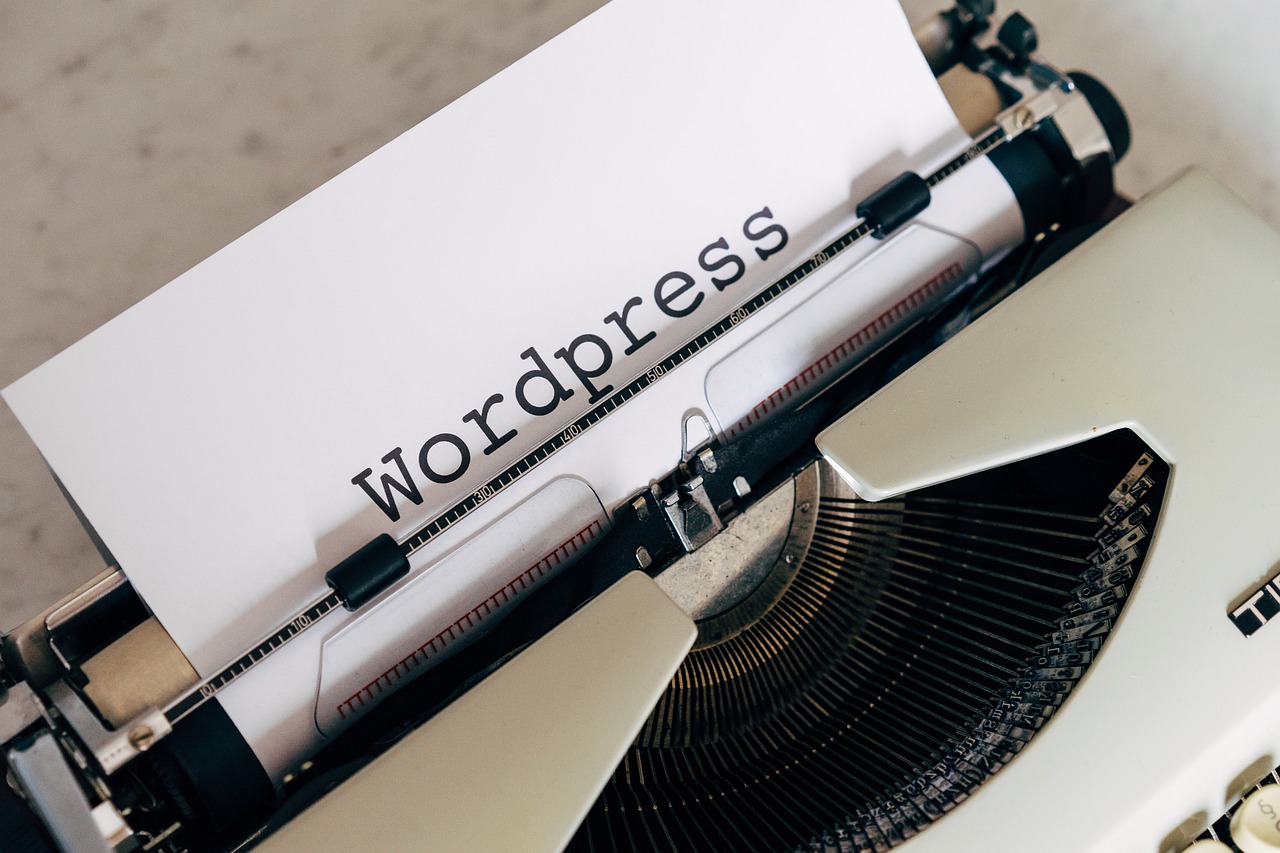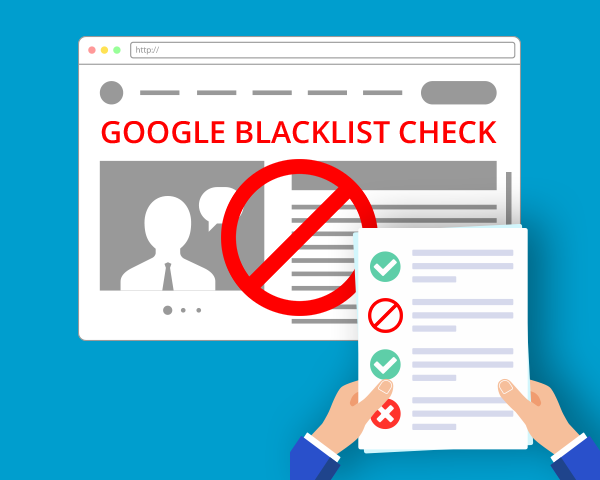Imagine this one morning you wake up, get your cup of coffee, and get to work. You’re greeted with the terror of defaced pages when you open your WordPress account. Your website’s content has been altered and your website is destroyed.
You can see the inappropriate advertising and popups for pornographic content, false goods or illicit drugs are shown on your web. Hackers often show religious or political propaganda on the home page in certain circumstances.
An attack like that can be catastrophic. You’ll lose clients and clients and they’ll automatically leave when they see the site is defaced. When Google discovers the hack, things get worse as they will automatically blacklist the domain. If you patch the hack, your web host will suspend your account and shut down your site.
Fortunately, you can patch your crashed website, but to prevent dire repercussions, you need to act quickly. We’ll show you how to delete the hack in this guide, return your site to normal, and avoid this from going on in the future.
TL;DR
Use our MalCare Protection Plugin to correct your defaced site. It will search the website and identify the malware that triggers the defacement. Not just that, MalCare can also help you immediately clean the web.
What Is WordPress Website Defacement?
They make all kinds of adjustments when a hacker attacks your site. They will funnel users to their own pages, steal private information, or conduct broader attacks on other websites. One of the stuff they do is modify your site’s appearance. To deface the WordPress account, in other words.
This is known as website defacement, where it is clear that the website is compromised by hackers. They reveal tweets and you’re usually going to see the hacker claiming credit for it. They can often contain unsettling pictures and graphics that can shock tourists.
Defacement assaults are intended to be detected. Why is this done by hackers? We’ve listed the top reasons why hackers attack and deface WordPress sites:
1. To propagate their religious and political agenda
To foster their political or religious beliefs, hackers deface websites. They are also running social justice defacement projects. These hackers are referred to as ‘Hacktivists’.
Recently, one of the most common defacements occurred in Jan 2020. In order to reveal messages vowing vengeance for the death of Iran’s most powerful commander, Qassem Soleimani, a US federal government website was hacked and defaced.
2. To indicate that the admin has not taken appropriate security steps
Hackers hack into and deface WordPress websites to make fun of the website’s lack of security controls. They make it clear that the site is compromised and also show a message warning the owner of the site that the security of their site is insufficient.
3. To sell illegal and counterfeit products
Some hackers, straight from your website, market their goods. They do this by substituting their own online shop for your homepage.
4. To show off or get a thrill out of their skills
In some cases, we’ve noticed that hackers only do so for the love of cracking and defacing pages on WordPress blogs. Some still only want to try out and develop their hacking ability. There are also cases of hacker online competitions where the hacker who defaults to the most number of pages wins within a given time span.
We need to check how the hack happened in the first place now that we know why hackers deface WordPress pages. Since it can detect how a hacker got into your website, this move is really critical.
How did it get defaced on the WordPress site?
There are many ways for hackers to obtain access to the website. Here we are considering the most common reasons:
1. Vulnerable WordPress Core
It’s clear that the essence of WordPress is an integral aspect of the website. But the centre may generate vulnerabilities like any other programme.
The core is managed by an army of the finest developers in the world, so it is uncommon for big WordPress bugs to be discovered.
In 2017, however, WordPress encountered a residual API weakness called privilege injection that permitted unauthorised users to change the content of a website. The WordPress developers patched the bug in the injection and released an upgrade. This suggests that the flaw was publicly exposed and it was made aware of by hackers.
Sadly, several domain owners have postponed upgrading their WordPress websites. This lead to this flaw being abused by hackers and more than 1.5 million WordPress websites being defaced.
WordPress hasn’t seen any big bugs since then. Its creators are working hard to maintain airtight security controls for the app.
2. Vulnerable WordPress Themes and Plugins
Like the heart, bugs are still created through themes and plugins, no matter how well they are designed. Developers usually patch the bugs and release fixes when that happens. Website operators, though, delay changes for a while occasionally.
This gives hackers time to scan for these websites that use the insecure plugin or theme. They discover the flaw and use it to break into your website.
3. Credentials with Bad Login
WordPress administrators prefer to set easy-to-remember usernames and passwords. But this still makes it possible for hackers to speculate.
To make thousands of attempts to guess the login credentials, hackers use a strategy called brute force in which they programme bots.
These bots will hack it in no time if you are using an easy-to-guess username (like ‘admin’) and password (like ‘1234567’).
4. Lack of SSL Certificate
There are times when a client comes to your site when data is exchanged between their browser and your web server. Often confidential information such as user credentials and credit card information may be found in this information.
While it’s in motion, hackers will intercept this info. If the information is written in plain text, this information can be interpreted and used to further their hacks.
This data will be encrypted with an SSL certificate. They won’t be able to decode it if hackers intercept the info. Hackers will manipulate data transfers to hack into your site if your website lacks SSL encryption.
There are several other ways in which WordPress pages are abused by hackers. We recommend reading more about the vulnerabilities of WordPress.
Understanding how a hacker got in will help you seal the point of entry and make sure it doesn’t happen again. In the next segment, we’ll explore this more. Next on your website, we’ll clean up the hack and get it back to normal.
How To Remove Defacement From WordPress Website?
There are numerous defacement guides for WordPress that teach you how to clean a compromised website, but they do not dig into the specifics of how to delete the defacement and return your site to usual. We will guide you through all the steps you need to take to patch the hack and then also fix your site’s content.
1. Scan Your Site
Typically, when your website is defaced, hackers inject malware into your site that makes it possible to deface it. Scanning your web for this virus is the first thing we suggest doing.
This can be achieved using a protection plugin from WordPress. There are plenty out on the market now, and you need to carefully pick one.
In a default attack on a WordPress website, hackers do the following:
- Embed malicious code into various areas of the site (also known as malware).
- It’s very hard to track, mask and conceal their codes.
- Even after you clean it, build hidden entry points known as backdoors that allow them to enter your web.
Not all plugins, and some ignore backdoors, will sniff out secret and concealed passwords.
A clever plugin like MalCare that overcomes these problems needs to be included. In less than a few minutes, the plugin performs a full search of the WordPress pages. MalCare is guaranteed to detect it if there is any malicious code on the site.
How To Use MalCare To Scan Your WordPress Site?
Step 1: On the WordPress account, instal the plugin. The plugin can be downloaded from the WordPress repository or its official site.
Step 2: Access MalCare on your WordPress dashboard after you have installed the plugin. Please enter your email address and click ‘Private Site Now’.
Step 3: The website will be immediately scanned by the plugin. You can see a warning shown until it identifies the malware on your site:
2. Clean Your Hacked WordPress Site
You need to clean it now that you’ve inspected your site by deleting the malware that’s there. Many of the market’s malware removal tools have long processing times. This suggests that it could take days until the site is safe.
But time is of the essence for the WordPress defacement hack and you need to scrub your site immediately. You should use a malware removal plugin for WordPress.
The only plugin promising instant clean-ups is MalCare. In order to patch the hack and delete any backdoors on your web, it runs an automatic procedure. And in just a couple of minutes, it does all this.
How To Use MalCare To Clean Your WordPress Site?
Step 1: MalCare provides an alternative to ‘Auto Clean’ your site after you search your site and find the malicious data. Pick this probability.
Step 2: Lie back and rest while the web is washed up by MalCare.
It’s that! Your WordPress account has no malware whatsoever.
Note: In all plugins, malware elimination is a premium option. If you’re a first-time MalCare customer, in order to use the ‘Auto-clean’ functionality, you may need to sign up for a premium package.
3. Restore your Backup
Now that the hack is gone from your site, by restoring your backup copy, you can get your site back to normal.
An identical replica of the website is a backup. In order to return the site to its former condition, it comes in handy at periods like these. Your backup can be recovered in three ways:
A) Use a Browser
You will use the service to return your site to normal if you have installed a WordPress backup plugin on your site previous to the hack. For eg, the restore process is quite easy if you are using the BlogVault backup plugin.
On the BlogVault dashboard, access the site.
Select ‘Restore’ under ‘Backups’.
Enter your FTP keys, pick a backup copy, and the site will be restored.
Before the hack happens, the site will be returned to its former state.
(b) Use a Web Host
If you have not used a plugin to back up your site, you should verify with your web hosting company.
The bulk of web hosts periodically back up the websites on their platform. They will send a replica of your site to you upon request. To view your copies, you can have to move to a higher package.
Your site reconstruction process varies from host to host. After your WordPress gets defaced, you need to consult with them on the restore process.
(c) Use Softaculous
We recommend one more try, Softaculous, if you have not used a plugin and your host does not have a backup either.
Softaculous is a software installation and is automatically included by your web host with your web hosting account.
Developers use advanced tools to instal WordPress on the web. Softaculous offers a backup option during the WordPress installation process. If the backup option had been picked, Softaculous would have kept a copy of the website.
Not all web hosts now have Softaculous, but you can verify these measures by following them.
Check if your hosting company has Softaculous
Step 1: Log in and go to cPanel on your web host account.
Step 2: You will explore the Softaculous software here. If Softaculous does not have a choice, contact your host to find out if it is provided.
Step 3: You can find backups inside this app. You can see options to retrieve the archive or rebuild your site by clicking on backups.
Finally, if you don’t have a backup copy, you’ll need to manually restructure the site. For this you will need your website developer’s support. We recommend doing so promptly in case you haven’t taken a backup of your site so far. In our guide on how to backup a WordPress account, you can learn more about the importance of backups and how to get one for your site.
We are sure that your website is now hack-free and restored to normal, if you have taken the measures listed above.
You should know that these defacement campaigns and hacks are just growing more in number until we wrap up! Sadly, after one attack, the site does not become resistant to defacement. In the future, there is a risk of further attacks happening.
There has been a 26 percent increase in the number of defaced sites, according to an article written by Mark Maunder. This highlights the value of taking proactive action to ensure that this does not happen again on your platform.
Steps to Prevent WordPress Defacement
We also discussed the relevance of a security plugin and backup solution for your site in the sections above. When it comes to WordPress protection, these two steps are a must.
Your site will be scanned and tracked periodically by a WordPress plugin such as MalCare. It also sets up a firewall that will block the site from being hacked by hackers. So they’re not going to get in, let alone deface it.
If things go wrong on your web, a backup is your safety net. To conveniently fix your site and instantly get rid of the defacement, you can use it.
In addition, here are additional security precautions that you must fully impose on your site:
1. Update Your WordPress Site
WordPress and its themes and plugins are like any applications, vulnerable from time to time to security problems. For the past few years, the WordPress core implementation has been quite stable. However, bugs tend to be created by some of the themes and plugins.
Once developers notice these bugs, they patch them immediately and release an upgrade. The vulnerability will be patched if you upgrade the plugin or theme to the latest WordPress version on your site.
This is why keeping the site updated is so critical. If you delay upgrading your website, it gives hackers the chance to hack and deface your website.
So if you see available changes, we urge you to upgrade without delay.
If you find updates hard to handle, we suggest checking out our WordPress Upgrade Guide.
2. Harden Your WordPress Site
WordPress has a range of features that allow the website to be developed and maintained. To break into your site, hackers attempt to misuse these characteristics. WordPress therefore advises that certain functionality be removed that you most certainly do not require. It also advises that some security precautions be placed in order to harden the site. They include:
- Using secure passwords and usernames
- Disabling the installation of plugins and themes
- Disabling editor plugin and theme
- Limiting attempts at login
- Activating two-factor authentication
We’re not going to dig far into this here as detailed explanations are needed for these steps. How to Harden Your WordPress Platform We’ve put together a tutorial. To make your website on WordPress safe from hackers, you should follow this guide.
3. Remove Plugins And Unused Themes
Most owners of WordPress pages prefer to check out new plugins and templates and forget about them afterwards. But any additional feature on your site offers another chance for hackers to access your site. We highly advocate that all themes and plugins you don’t use be removed.
You need to uninstall them completely if you’re using pirated copies of themes and plugins. The majority of pirated software includes malware that when you instal it, infects your site. We highly recommend that you stop, at all times, using pirated themes and plugins.
4. Use An SSL Certificate
Hackers aim to steal data that is transmitted from and to your site, as we described before. To gain access to your web, they exploit this knowledge.
By downloading an SSL licence, this dilemma can be quickly overcome. This will ensure that your information is secured and this information can not be used by hackers.
You can purchase your web host or other SSL provider for an SSL certificate. There are various SSL certificates that you can obtain that provide different security levels. On pages like LetsEncrypt, you can get simple SSL certificates for free as well.
For your WordPress blog, we suggest reading all about SSL certs. This guide will teach you how you can get and instal a certificate on your website.
Your WordPress site security will be airtight after you’ve introduced these steps. You should be confident that it would be incredibly difficult for hackers to get into your site.
Ultimate Thoughts
That hackers have discovered a way to obtain access to your site is the reason why your WordPress site has been defaced. By taking ample security precautions on your WordPress account, you can keep this from happening.
We highly suggest that you keep the site active with MalCare. Each day the plugin will search your web. It would also block hackers from entering the website proactively, meaning they won’t be tempted to try to hack it.
You should be confident that in the future, hackers will not be able to deface the website.














Leave a Reply